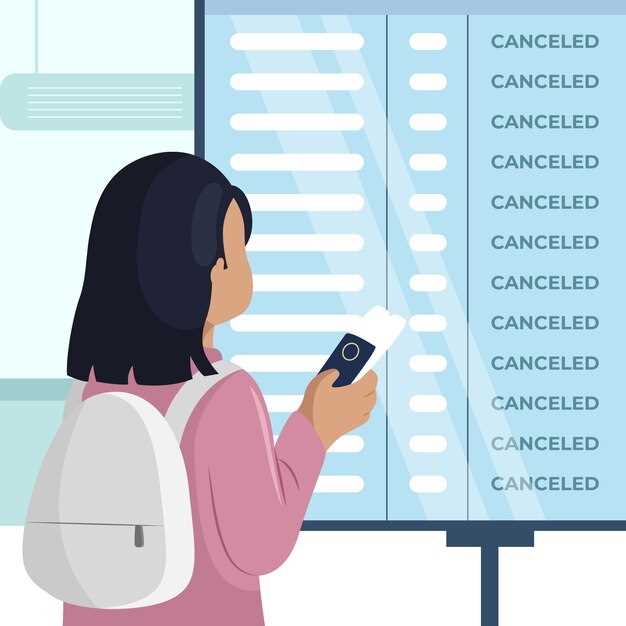
Choosing the right plate name is crucial for various applications, including registration of vehicles, personalized plates, and custom graphics. Ensuring that your desired plate name is available can save you time, effort, and potential disappointment. The process may seem straightforward, but understanding the nuances and requirements involved is essential.
This article will guide you through the steps necessary to verify the availability of plate names. We’ll explore various resources such as official government databases, online tools, and field-specific registries. By the end of this guide, you will have a comprehensive understanding of how to effectively check for the availability of your preferred plate name.
Whether you are considering a plate name for a new vehicle or a unique design project, it is critical to follow the appropriate protocols. Incorrectly assuming a name is available can lead to legal complications and wasted resources. Therefore, taking the time to verify your options is both a prudent and necessary step in the process.
Utilizing Online Tools for Checking Plate Name Availability

In the digital age, verifying the availability of personalized plate names has become more accessible than ever. Numerous online tools specifically designed for this purpose can streamline the process, allowing users to find available options quickly and efficiently.
Many state Department of Motor Vehicle (DMV) websites feature dedicated sections where users can check the availability of custom plate names. These tools typically require input of the desired plate combination, followed by a quick search to determine if that specific name is already in use or reserved. This direct approach ensures accurate and up-to-date information directly from the official source.
Additionally, there are various third-party websites that aggregate data from multiple states, enabling users to search for plate availability across different jurisdictions simultaneously. These platforms often include filters and suggestions for variations, which can be helpful if your first choice is unavailable. Using these tools, you can explore creative alternatives without needing to check multiple state sites individually.
Social media platforms and car enthusiast forums can also serve as valuable resources. Many users share their experiences and tools that they have found effective for checking plate name availability. Engaging with these communities opens access to shared wisdom and tools that may not be widely known.
When utilizing online tools, it’s essential to ensure that the service is trustworthy and reputable. Always verify the information obtained through these resources by cross-referencing with official state DMV websites. This double-checking process can prevent potential issues when applying for your desired plate name.
In summary, leveraging online tools significantly simplifies the task of checking plate name availability. By identifying reliable websites and utilizing community insights, potential plate owners can efficiently navigate the first steps of their personalization journey.
Understanding State Regulations for Personalized Plates
Personalized license plates, often referred to as “vanity plates,” allow vehicle owners to express their individuality through custom alphanumeric sequences. However, the regulations governing these plates vary significantly from state to state in the United States. Understanding these regulations is crucial for anyone interested in obtaining a personalized plate.
Each state has specific guidelines regarding the character limit for custom plates, typically ranging from 5 to 8 characters. Some states may also permit additional characters or symbols, while others strictly adhere to alphanumeric combinations only. It’s important to be aware of your state’s character restrictions before submitting an application.
Additionally, states impose restrictions on the content of personalized plates. Commonly prohibited phrases include offensive language, hate speech, or anything that could be deemed inappropriate. Some states provide a list of banned words or phrases, while others rely on review boards to determine whether a proposed plate is acceptable.
Application processes may also differ among states. Generally, applying for a personalized plate involves filling out a form, paying a fee, and waiting for approval. The review time can vary, so it’s advisable to check with the local Department of Motor Vehicles (DMV) for specific timelines.
In some states, individuals can conduct a preliminary search for available plate combinations online. This feature allows potential applicants to check if their desired plate is already in use before officially applying. However, availability does not guarantee approval; the content still must comply with regulations.
Finally, it’s essential to keep in mind that personalized plates may come at an additional cost, including annual renewal fees. This financial aspect should be considered when deciding whether to pursue a custom plate.
In summary, understanding state regulations is fundamental to the successful acquisition of personalized plates. Familiarizing yourself with character limits, content restrictions, application processes, and associated fees will facilitate a smoother experience when selecting a unique combination for your vehicle.
Steps to Reserve a Plate Name Once Availability is Confirmed

Once you have confirmed the availability of your desired plate name, the next steps involve the actual reservation process. Follow these guidelines to successfully secure the plate name for your vehicle.
1. Gather Required Information: Before starting the reservation process, collect all necessary information. This typically includes your driver’s license number, vehicle details such as make, model, and year, and any specific requirements mandated by your local registration authority.
2. Visit the Relevant Authority’s Website: Navigate to the official website of your local Department of Motor Vehicles (DMV) or the equivalent registration authority in your area. Ensure you are accessing the correct site to avoid any scams or misinformation.
3. Locate the Personalized Plate Section: Once on the website, look for the section dedicated to personalized or custom plate reservations. This section will provide detailed instructions and guide you to the appropriate online application form.
4. Complete the Application Form: Fill in the online application form with the required details. This usually includes your personal information, the confirmed plate name, and any additional customizations you wish to make (if applicable).
5. Review the Fees: Be aware that reserving a plate name typically incurs a fee. Check the current cost associated with your reservation and ensure that your payment method is ready. Some jurisdictions may allow you to pay online, while others might require payments via mail or in-person.
6. Submit Your Application: After filling out the form and confirming the details, submit your application. If the process involves a fee, complete the payment to finalize your reservation. Make sure to save any confirmation numbers or receipts you receive during this step.
7. Await Confirmation: After submission, wait for a confirmation from the authority regarding the status of your reservation. This could take anywhere from a few days to a couple of weeks, depending on the processing times in your area.
8. Follow Up if Necessary: If you do not receive confirmation within the expected timeframe, consider following up with the authority’s customer service to ensure your application is being processed. Keep a record of your application details to reference during any inquiries.
9. Receive Your Plates: Once your reservation is confirmed and paid for, you will receive instructions on how to obtain your physical plates. This may involve a pickup at your local DMV or delivery to your registered address.
10. Secure Your Plate: After receiving your plates, ensure that they are securely attached to your vehicle as per local laws. Regularly check that your plates remain in good condition to maintain compliance with vehicle registration requirements.
